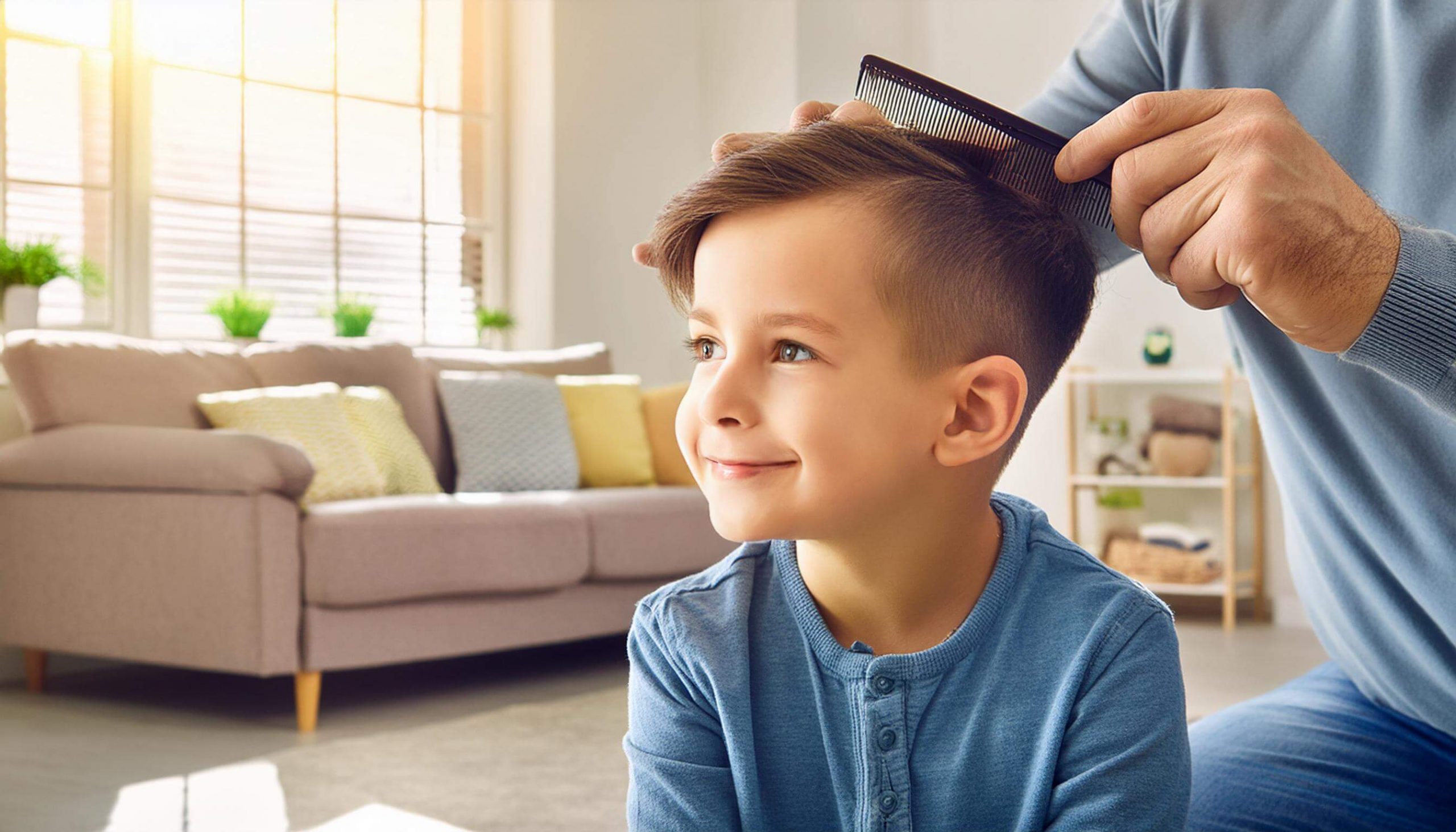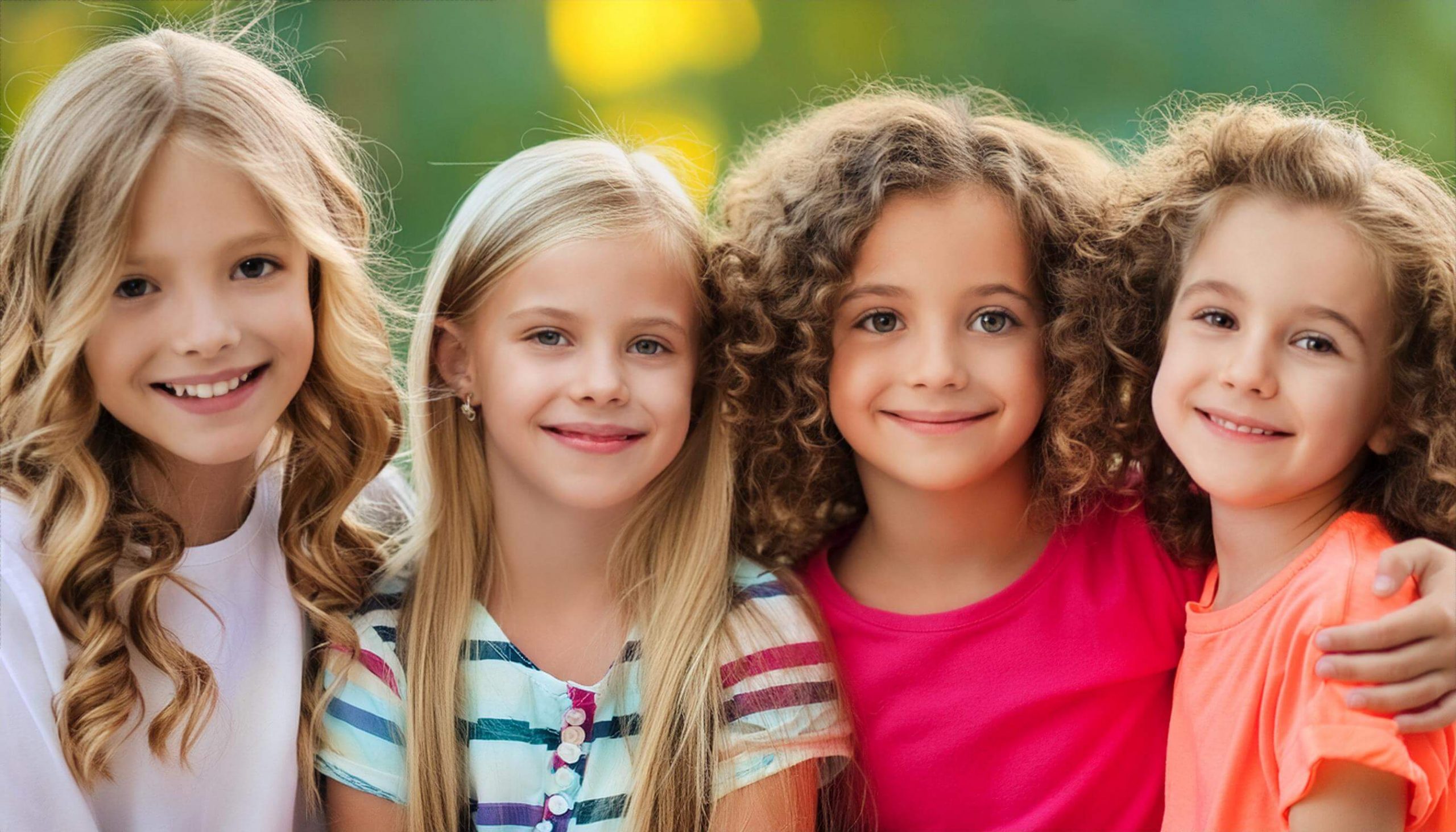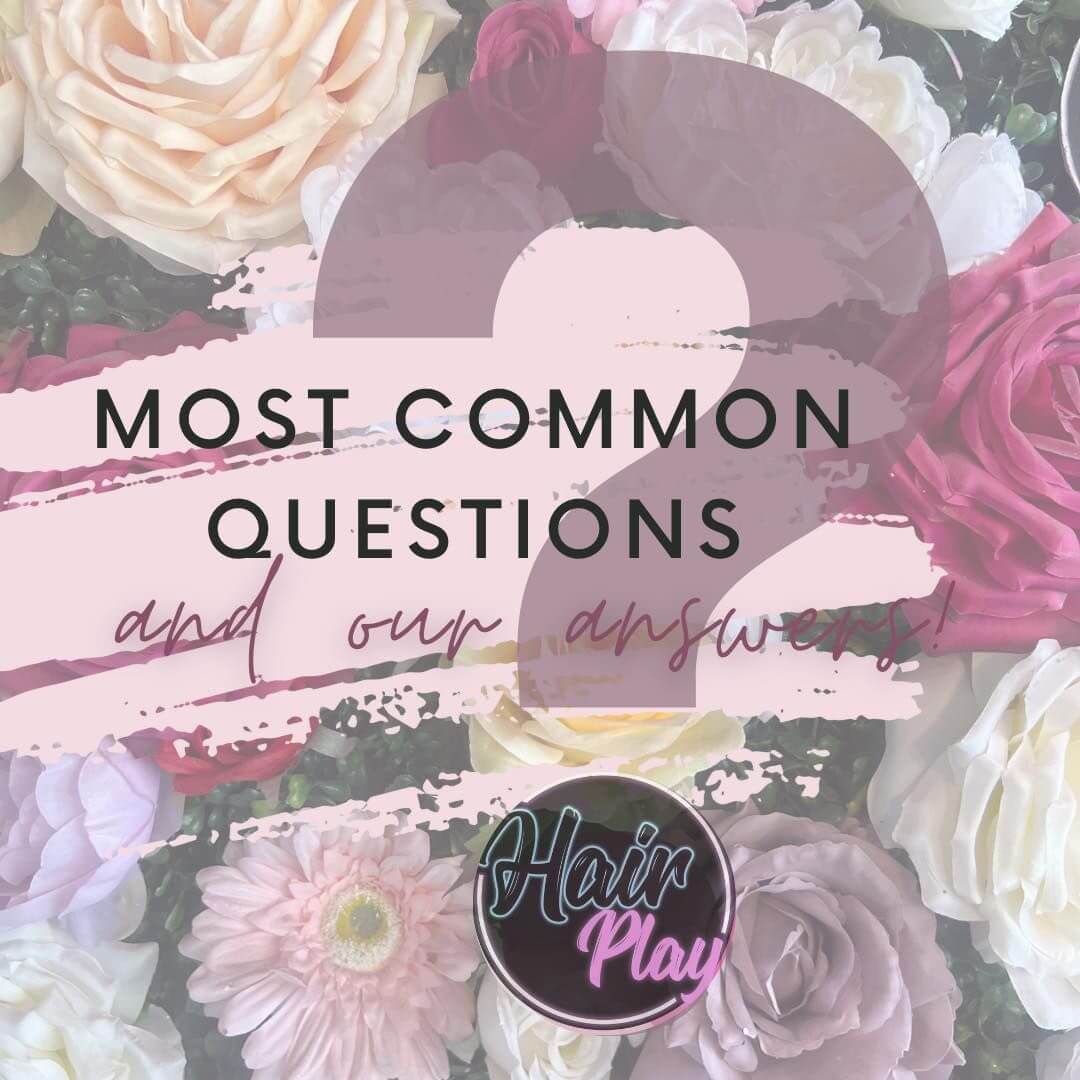Lice infestations are a common concern for many parents, especially when it comes to young children who are more susceptible to these pesky parasites. Addressing lice promptly and effectively is crucial to prevent discomfort and further spread. In this guide, we’ll explore the best practices for lice treatment in kids, including natural remedies, over-the-counter options, and prescription treatments. By understanding the causes, symptoms, and various treatment methods, you can confidently tackle lice infestations and keep your child’s scalp healthy and lice-free.
Understanding Lice and Effective Treatment for Kids
What are lice?
Lice are tiny, wingless insects that live on the scalp and feed on human blood. They are highly contagious and can spread quickly through close contact or by sharing personal items like hats, combs, and hairbrushes.
How do kids get lice?
Children are more prone to lice infestations due to their close interactions in settings like schools, playgrounds, and daycares. Lice can easily transfer from one child’s hair to another through head-to-head contact or by sharing items that come in contact with the scalp.
Signs and symptoms of lice infestation
Common signs of a lice infestation include:
- Persistent itching on the scalp, neck, and ears
- Visible lice on the scalp and hair
- Lice eggs (nits) attached to the hair shafts
- Sores on the scalp caused by scratching
Recognising these symptoms early can help in initiating prompt treatment and preventing further spread.
Home Remedies for Lice Treatment
Natural treatments: Pros and cons
Home remedies for lice treatment often involve natural ingredients such as essential oils, vinegar, and mayonnaise. These treatments are popular due to their accessibility and perceived safety. However, their effectiveness can vary, and they may not be as reliable as medical treatments.
Step-by-step guide to using home remedies
- Olive oil or coconut oil: Apply generously to the scalp and hair, covering all areas.
- Essential oils: Add a few drops of tea tree oil, lavender oil, or neem oil to the carrier oil.
- Vinegar rinse: Mix equal parts vinegar and water, apply to the scalp, and leave for 30 minutes.
- Comb out nits: Use a fine-toothed comb to remove lice and nits from the hair.
- Repeat treatment: Follow the treatment every 3-4 days for at least two weeks to ensure all lice and nits are eradicated.
Precautions to take with home remedies
When using home remedies, it’s important to conduct a patch test to check for allergic reactions. Avoid getting the treatment into the eyes and be mindful of any skin irritation that may occur.
Over-the-Counter Lice Treatments
Popular OTC treatments and their effectiveness
Over-the-counter (OTC) lice treatments, such as permethrin lotion (Nix) and pyrethrin-based products (Rid), are commonly used to treat lice infestations. These treatments are generally effective but may require multiple applications to completely eradicate lice.
How to use OTC treatments safely
- Follow instructions: Read and follow the product instructions carefully.
- Apply thoroughly: Ensure the treatment covers all areas of the scalp and hair.
- Comb out nits: Use a fine-toothed comb to remove dead lice and nits after treatment.
- Repeat if necessary: Some treatments require a second application after 7-10 days.
Potential side effects and how to manage them
Common side effects of OTC treatments include scalp irritation, redness, and itching. If severe reactions occur, discontinue use and consult a healthcare professional.
Prescription Lice Treatments
When to consider prescription treatments
If OTC treatments fail to eliminate lice or if the infestation is severe, prescription treatments may be necessary. Consult a healthcare professional for advice.
Types of prescription treatments
Prescription treatments include ivermectin lotion (Sklice), spinosad topical suspension (Natroba), and malathion lotion (Ovide). These treatments are often more effective and require fewer applications than OTC options.
Consulting with a healthcare professional
Always consult with a healthcare provider before using prescription treatments to ensure they are appropriate for your child’s age and health condition.
Preventing Re-infestation
Cleaning the home environment
To prevent reinfestation, it’s crucial to clean the home environment thoroughly:
- Wash bedding, clothing, and hats in hot water.
- Vacuum carpets, upholstery, and car seats.
- Soak hair care items like combs and brushes in hot water for at least 10 minutes.
Tips for preventing lice spread in schools and daycares
- Educate children about avoiding head-to-head contact.
- Discourage sharing personal items like hats and hair accessories.
- Conduct regular lice checks, especially after outbreaks.
Regular checks and maintaining hygiene
Perform regular lice checks on your child’s scalp and hair, particularly after sleepovers or school events. Maintaining good hygiene practices, such as frequent hair washing and using personal hair care items, can help prevent lice infestations.
FAQs
What is the best lice treatment for kids?
The best lice treatment depends on the severity of the infestation and the child’s health condition. OTC treatments like permethrin lotion are effective for mild cases, while prescription treatments may be necessary for more severe infestations.
Are natural remedies effective for lice treatment?
Natural remedies can be effective for some, but they may not work for everyone. It’s essential to follow the treatment diligently and repeat as needed.
How can I prevent my child from getting lice?
Educate your child about avoiding head-to-head contact, discourage sharing personal items, and conduct regular lice checks to catch infestations early.
How long does it take to get rid of lice?
The time required to eliminate lice varies, but most treatments need to be repeated over two weeks to ensure all lice and nits are eradicated.
Can lice infestations lead to other health problems?
Lice infestations generally do not lead to serious health problems, but excessive scratching can cause skin infections. It’s important to treat lice promptly to avoid complications.
Tackling lice infestations in children requires prompt action, effective treatment, and preventative measures to avoid re-infestation. By understanding the various treatment options available and maintaining good hygiene practices, parents can ensure their children remain lice-free. For those seeking professional help, Kids Hair Play offers specialised lice treatment services at various salon locations, providing expert care in a child-friendly environment. To book your appointment, click on the relevant link below:


